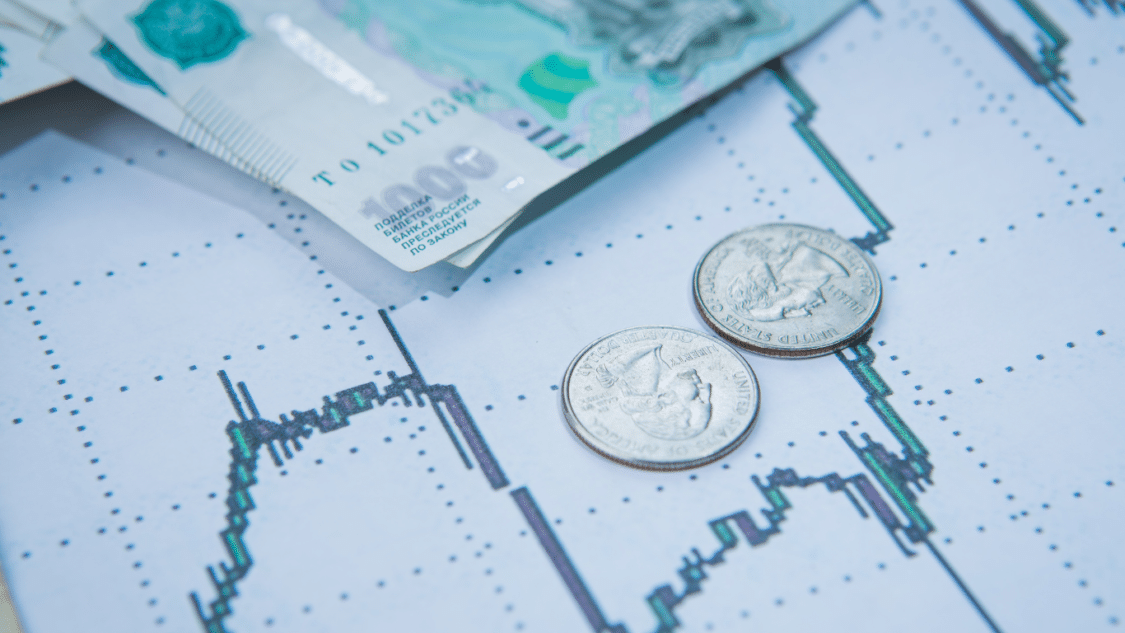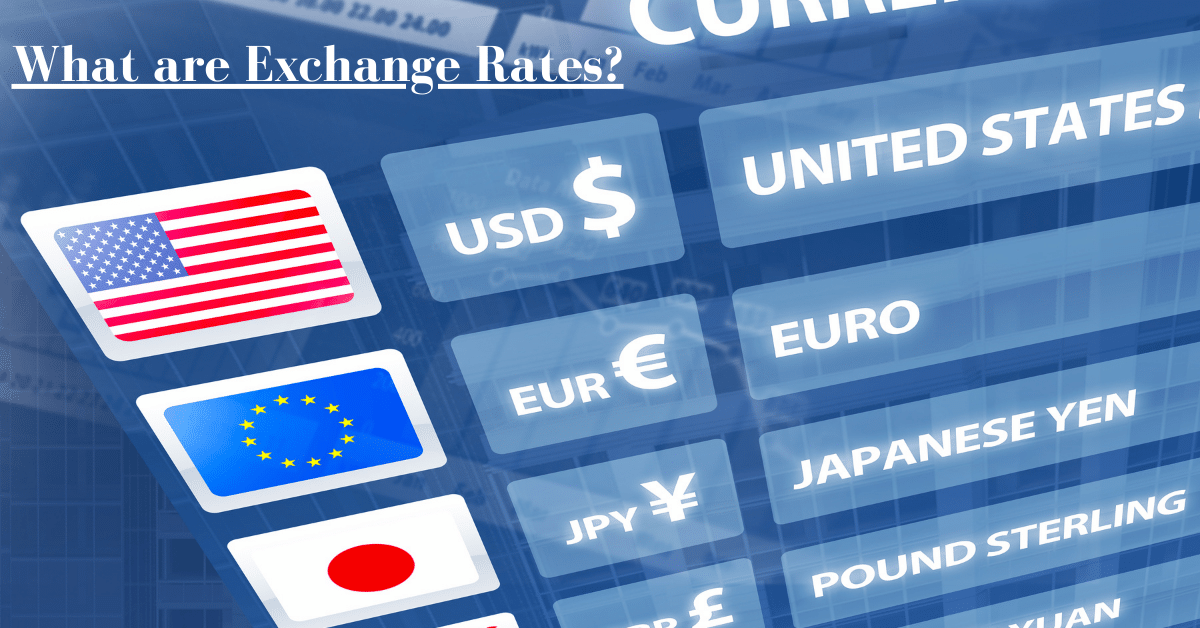Exchange rate is a crucial element of the global economy, as they determine the relative value of different currencies and significantly impact international trade and investment.
Exchange rates are the prices at which one currency can be switched for the next. It is an essential notion in the field of international finance. Being that it determines the purchasing power of a currency in relation to other currencies. There are two common types of rates in exchange: fixed and floating.

A fixed exchange rate is when the value of a foreign currency is linked to another currency or a basket of them. The currency’s value is set at a specific rate and does not fluctuate based on supply and demand. This kind of rates are typically used by countries that want to maintain stability in their currency value. In addition to reducing the risk of inflation.
A floating exchange rate is when the worth of a currency fluctuates based on supply and demand in the foreign exchange market. This is a global market where currencies are bought and sold. The exchange rates are determined through supply and demand.
If there is more demand for a particular currency, its value will increase. While if there is less demand, its value will decrease. Floating exchange rates are typically used by countries that want to allow market forces to determine the value of their currency.
The Importance
Exchange rates are important because they can significantly impact international trade and investment. If the value of a particular currency is strong, it can make exports from that country more competitive, which can lead to an increase in international trade.
On the other hand, if the value of a currency is weak, it can make imports into that country more expensive. Which can lead to a decrease in international trade. They can also affect investment decisions. As investors may be more or less likely to invest in a particular country based on the strength or weakness of its currency.
Types of exchange rates
The two main exchange rates are floating and fixed exchange rates. We will be exploring the characteristics of these different types of exchange rates. As well as the role of the foreign exchange market and the factors that influence supply and demand for currencies.
A floating exchange rate is when the value of a currency differs based on supply and demand in the foreign market. This type of exchange rate system is also known as a flexible system. As it allows the value of a currency to move freely in response to market forces.
Floating exchange rates typically determine the interaction of buyers and sellers in the foreign market, who trade currencies based on the relative strength of different economies and the perceived risks associated with holding other currencies.

When the exchange rates are fixed this means that the price of a currency is pegged to another currency or a basket of them.
This type of exchange rate system is also known as a pegged currency exchange rate system, as the value of a currency is pegged to the value of another currency.
Fixed exchange rates can be pegged to a single currency or a basket of currencies. They are typically under the authority of central banks, which use their foreign exchange reserves to buy or sell their currency to keep its value within a predetermined range.
The foreign exchange market
A global market for trading currencies is the foreign exchange market. This is the largest and most liquid financial market worldwide, with an average daily trading volume of over $5 trillion. The foreign exchange market is decentralized. Meaning that it is not in a particular location; rather, it is made up of a network of banks, brokers, and financial institutions trading currencies electronically.
The supply and demand for currencies are the main determining factors. When there is high demand for a particular currency, its value will tend to rise. While when there is a low demand for a currency, its value will tend to fall. Many factors influence supply and demand for currencies, including interest rates, inflation, economic growth, and political stability.

For example, if a country has a strong economy with low unemployment and rising wages, investors may be more likely to want to hold its currency, increasing its demand. On the other hand, if a country’s economy is weak and suffers from high unemployment and falling wages. Investors may be less likely to want to hold it’s currency. This would decrease demand and lead to a decrease in the currency’s value.
In conclusion, exchange rates are an essential factor in the global economy. Being that they determine the relative value of different currencies and significantly impact international trade and investment.
Exchange rates are important because they can impact international trade and investment decisions. While fixed exchange rates have a link to the value of another currency or a basket of currencies, floating rates are set by supply and demand on the international market. The exchange of currencies takes place on a global market called the foreign exchange market. Various economic and political factors influence the supply and demand for currencies.




